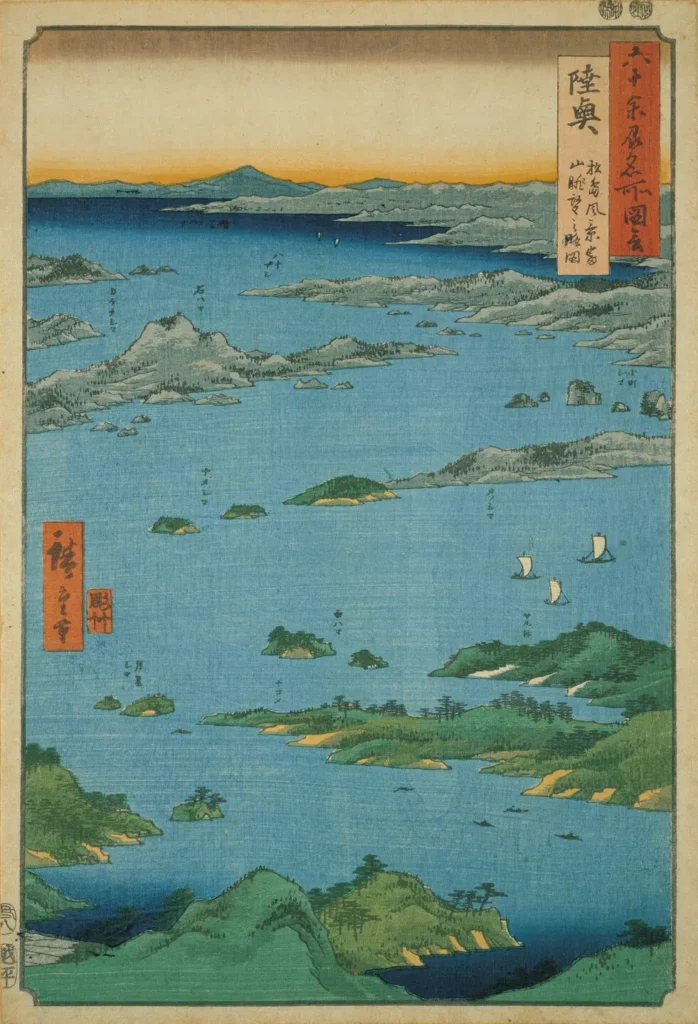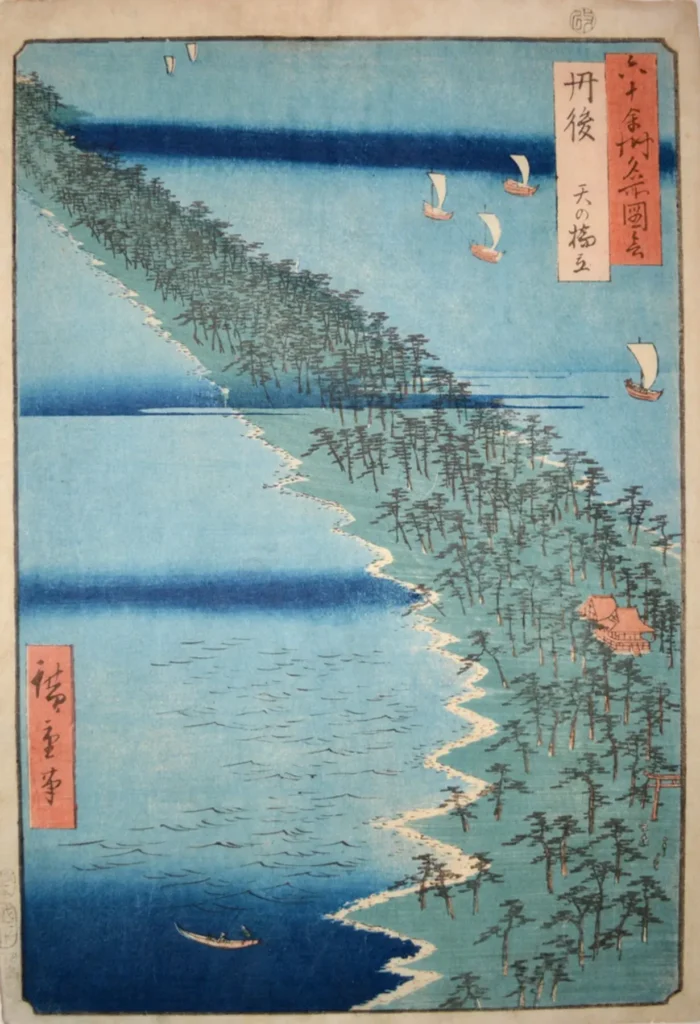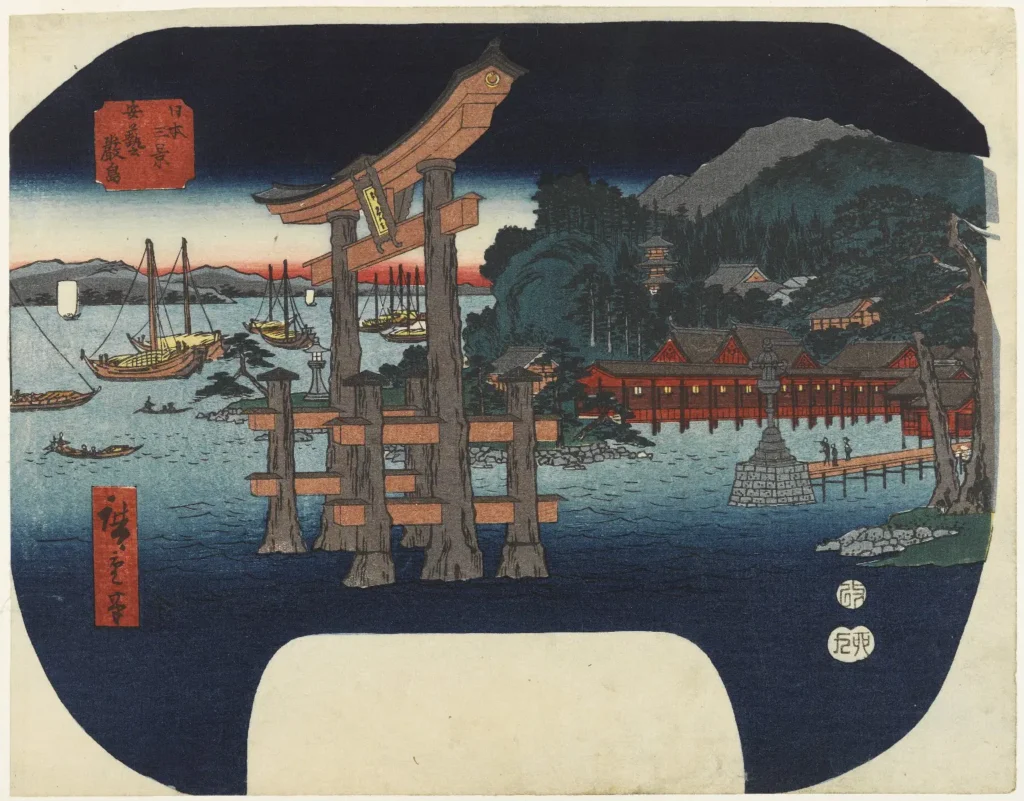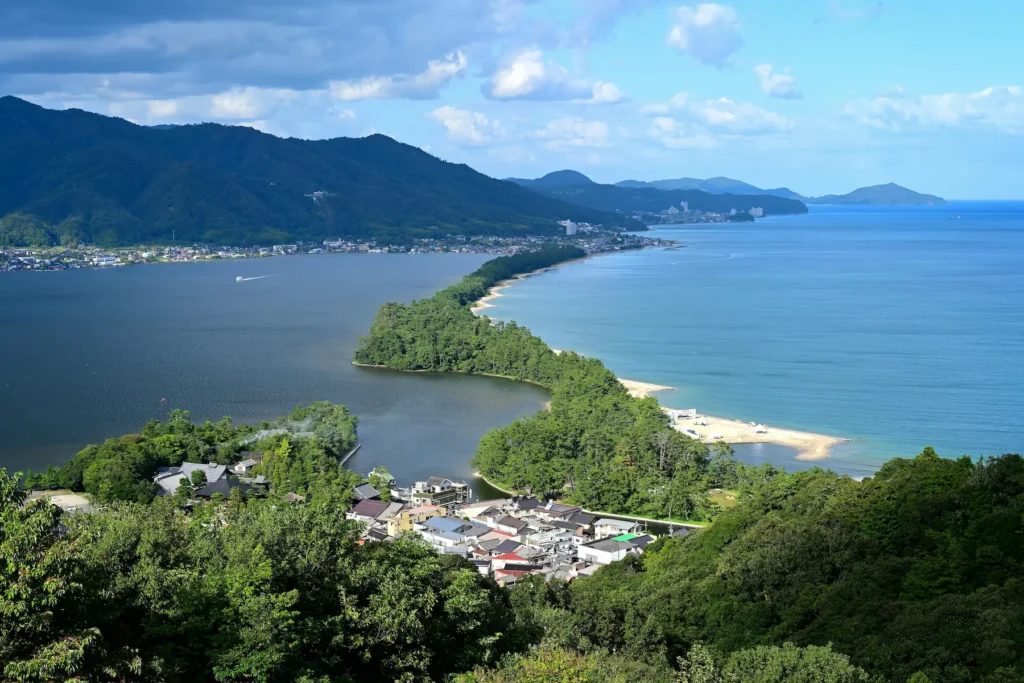


The Japanese love to make lists of three to highlight places in their geography, elements of their culture, or products of their cuisine, among other things. In previous posts, we have already talked about food lists, such as the Nihon Sandai Rāmen (日本三大ラーメン), with the three best ramen in Japan (Sapporo Ramen from Hokkaido, Hakata Ramen from Fukuoka, and Kitakata Ramen from Fukushima), or the Nihon Sandai Gyōza (日本三大餃子), which groups together the three best gyozas (Utsunomiya in Tochigi, Hamamatsu in Shizuoka, and Miyazaki in Kyushu). Today we will discuss the best panoramic views in Japan. Would you like to visit them on your trip to Japan?
Nihon Sankei (日本三景) literally means “Japan’s Three Scenic Views” and refers to the three places considered to be the most beautiful in the country. This designation dates back to the 17th century, when Hayashi Gahō, a Japanese philosopher and writer who was an advisor to the Tokugawa shogunate, first mentioned them.
Matsushima Bay, Miyagi
Located in Miyagi Prefecture, Matsushima (松島) is a group of more than 260 small islands covered with pine trees that stretch across the bay of the same name. Its landscape changes with the seasons, offering unique views in spring, summer, fall, and winter. This natural beauty has inspired artists and poets throughout the centuries, such as Hiroshige in his series of prints Famous Places in the Provinces.

Amanohashidate, Kyoto
Amanohashidate (天橋立), in Kyoto Prefecture, is a narrow strip of sand covered with pine trees that crosses Miyazu Bay. Its name means “Bridge to Heaven,” and it is said that its view reflects a heavenly connection between the earth and the gods. A popular tradition invites visitors to view it from behind, bending over and looking between their legs (matanozoki), which creates the illusion of a bridge floating in the sky.

Miyajima, Hiroshima
Itsukushima (宮島 / 厳島), the island’s original name, is located in Hiroshima Prefecture and is famous for Itsukushima Shrine and its large torii gate, which appears to float on the sea at high tide. Considered a sacred island in Shintoism, its landscape harmoniously combines the spirituality of the shrine with the serenity of the natural surroundings. Due to its cultural and natural value, Miyajima has been declared a World Heritage Site by UNESCO.

Would you like to travel to Japan and discover places as photogenic as Nihon Sankei? Contact us and we will design the perfect experience for an unforgettable trip.
Image crédits: Guohua Song y Mateusz Walendzik on Pexels